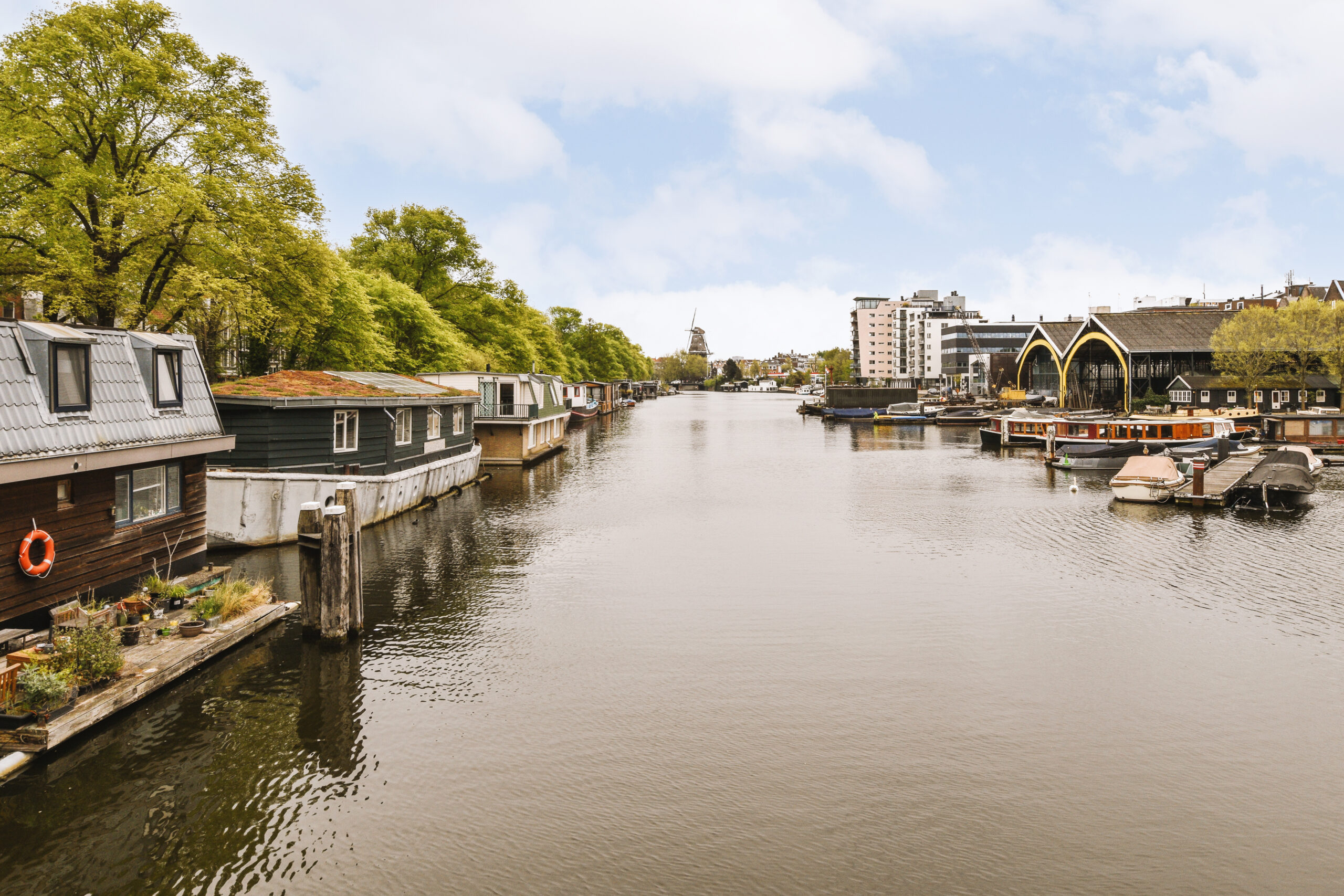Tips for Effective Flood Cleanup and Restoration
Experiencing a flood can be devastating, but that doesn’t mean recovery is impossible. It’s crucial to understand how to effectively clean up and restore one’s property after a flood to minimize damage and risk. Navigating the cleanup process can be overwhelming, but knowing what to do can greatly reduce stress and ensure a safe environment. Below, we provide valuable information to make the restoration process more manageable.
Understanding the Basics of Flood Cleanup and Restoration

The first step in the flood restoration process is to understand the basics. It goes beyond merely drying out the premises; it involves sanitation, mold control, and repairs.
The time frame for restoration can vary and depends on how severe the flood was and the type of damage incurred. A crucial aspect of the process is to act quickly, as water damage can deepen when left untreated.
Documenting the damage is another crucial step before entering the cleanup phase. Photos or videos can be essential when dealing with insurance claims. Remember to check if your insurance policy covers flood damage.
A professional restoration service, like https://floodciderestoration.com/, can be beneficial when dealing with the more complex aspects of flood cleanup and restoration.
Essential Safety Measures During Flood Cleanup
Before you start the cleanup process, it’s essential to ensure safety. If the flooding is severe, it’s recommended to evacuate until professionals clear your property for safe return.
Always wear protective clothing, including gloves, masks, and waterproof boots, throughout the cleanup. This is to protect yourself from potentially hazardous substances and bacteria that might contaminate the floodwater.
It’s also important to ensure electricity is off before venturing into flooded areas. Water and electricity are a hazardous mix and can cause severe injuries.
Lastly, beware of structural damage. It can make certain areas in your home unstable and unsafe.
Effective Techniques for Drying and Dehumidification Post-Flood
Once the floodwater is extracted, the drying process begins. This involves using fans, heaters, and dehumidifiers to dry wet surfaces. You need to ensure all moisture is eliminated to prevent mold growth.
Dehumidifiers are ideal for removing the excess moisture in the air that can dampen and damage walls and furniture. They can be run continuously for several days to achieve the best results.
In the case of soaked carpets and upholstered furniture, professional cleaning or replacement could be required. Any items that remain wet for more than 48 hours will likely develop mold and may not be salvageable.
For hard-to-reach or hidden areas like crawlspaces, consider using high-capacity fans to circulate the air and speed up the drying process.
Dealing With Mold and Mildew: Prevention and Removal Tips
Mold and mildew are common consequences of flooding. These fungi can create an unhealthy environment and structure damage if incorrectly handled.
Prevention is key—it starts immediately after removing water from your property. Drying and dehumidifying quickly are crucial steps.
If mold surfaces, a mild detergent or specific mold solution can be used to clean the area. However, if it covers more than 10 square feet or is in hard-to-reach areas, it’s likely to need professional assistance.
Understand that mold removal isn’t just about removing visible mold—it’s about eliminating spores to avoid future problems. Therefore, in situations with extensive growth, professional mold remediation may be the safest option.
Choosing the Right Professional Services for Flood Restoration

Choosing the right professional services when dealing with flood restoration plays a vital role in efficiently restoring your home to its pre-flood condition.
Entirely resolving water damage and remedying mold growth often requires professional equipment and expertise. Hiring a certified and experienced restoration company is advisable to ensure a thorough job.
Make sure to check reviews and ratings before deciding on a service. Also, ensure they provide a detailed estimate of costs, time, and the work needed.
Lastly, make sure the company you choose is licensed and insured. This protects both the homeowner and the service provider from potential future issues.
Handling flood cleanup and restoration can be a daunting task. Still, by understanding the basics, ensuring safety, employing effective drying techniques, and seeking the right professional help, you can protect and restore your home swiftly and efficiently.

